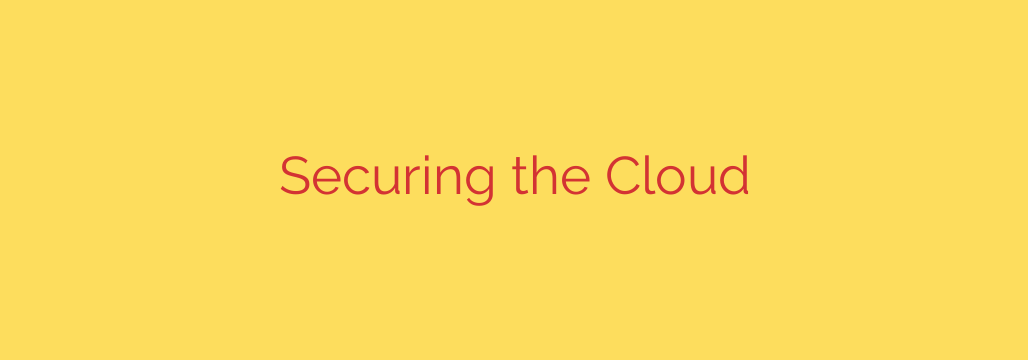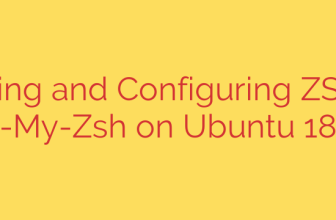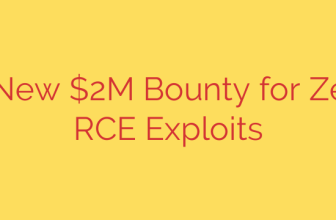
Mastering Cloud Security: A Comprehensive Guide to Protecting Your Digital Assets
The migration to the cloud is no longer a trend—it’s a business imperative. While cloud platforms like AWS, Azure, and Google Cloud offer unparalleled scalability and efficiency, they also introduce a new landscape of security challenges. Protecting your data in this dynamic environment requires a proactive and multi-layered strategy. Simply moving your operations to the cloud without adjusting your security posture is a direct invitation for risk.
This guide will walk you through the essential principles and practices for securing your cloud infrastructure, ensuring your digital assets remain protected against evolving threats.
The Foundation: Understanding the Shared Responsibility Model
Before diving into specific tactics, it’s crucial to understand the most fundamental concept in cloud security: the Shared Responsibility Model. This model defines the division of security obligations between you (the customer) and the cloud service provider (CSP).
In short, the CSP is responsible for the security of the cloud, while you are responsible for security in the cloud.
- The Cloud Provider’s Responsibility: This includes protecting the physical infrastructure that runs the cloud services—the hardware, software, networking, and facilities. They ensure the data centers are secure and the underlying services are resilient.
- Your Responsibility: This includes managing and securing your data, applications, operating systems, and network configurations. Crucially, you control identity and access management, meaning you decide who has access to your cloud resources and what they can do with them.
Think of it like renting a secure apartment. The landlord is responsible for the building’s main entrance, the structural integrity, and the utilities. However, you are responsible for locking your own door, managing who gets a key, and securing the valuables inside.
Key Pillars of a Robust Cloud Security Strategy
A strong cloud security posture is built on several core pillars. Neglecting any one of these can leave your organization vulnerable.
1. Strong Identity and Access Management (IAM)
IAM is your first line of defense. It’s the set of policies and tools used to ensure that the right people have the appropriate level of access to your resources. The guiding principle here should always be the principle of least privilege, which means granting users only the minimum permissions necessary to perform their job functions.
Actionable Tip: Enforce Multi-Factor Authentication (MFA) for all users, especially those with administrative privileges. MFA adds a critical layer of protection against credential theft and account takeovers.
2. Comprehensive Data Encryption
Data is your most valuable asset, and it must be protected at all times. Effective cloud security demands a twofold encryption strategy:
- Encryption in Transit: Protects data as it moves between your users and your cloud applications, or between different cloud services. This is typically achieved using protocols like TLS/SSL.
- Encryption at Rest: Protects data when it is stored on servers, in databases, or in storage buckets. Most major cloud providers offer built-in encryption services for their storage solutions.
Actionable Tip: Always enable encryption by default for all storage services, such as Amazon S3 buckets or Azure Blob Storage. This simple step can prevent data exposure in the event of a misconfiguration.
3. Secure Network Configuration
Your cloud network is the digital perimeter of your infrastructure. Misconfigurations here are one of the most common causes of data breaches. You must carefully manage traffic flowing in and out of your Virtual Private Cloud (VPC).
Use tools like security groups and network access control lists (NACLs) to act as virtual firewalls, strictly controlling which ports and protocols are open to the internet. A zero-trust approach, which assumes no user or device is inherently trustworthy, is the modern standard for network security.
Actionable Tip: Regularly audit your firewall rules and security groups. Immediately close any ports that are not essential for business operations, especially sensitive ports like RDP (3389) or SSH (22).
4. Continuous Monitoring and Threat Detection
You cannot protect what you cannot see. Robust logging and monitoring are essential for detecting suspicious activity, investigating security incidents, and ensuring compliance. Leverage cloud-native tools like AWS CloudTrail, Azure Monitor, and Google Cloud’s operations suite to get a clear view of all activities within your environment.
Actionable Tip: Set up automated alerts for unusual activities, such as logins from unexpected geographic locations, multiple failed login attempts, or attempts to access or delete large amounts of data.
Common Cloud Security Threats and How to Mitigate Them
Awareness of common threats allows you to focus your defensive efforts where they matter most.
- Cloud Misconfigurations: This remains the leading cause of cloud-related data breaches. An unsecured S3 bucket or a database exposed to the public internet can be catastrophic. Mitigation: Implement automated configuration management and use tools that continuously scan for and alert on misconfigurations.
- Unauthorized Access: Stolen credentials, weak passwords, and improper IAM settings can give attackers the keys to your kingdom. Mitigation: Enforce strong password policies, mandate MFA, and strictly adhere to the principle of least privilege.
- Insecure APIs: APIs are the connective tissue of cloud services, but if not properly secured, they can become a primary vector for attack. Mitigation: Ensure all APIs require authentication, use encryption, and are protected against common exploits.
- Account Hijacking: Attackers can use phishing or credential stuffing techniques to gain control of user or service accounts, giving them a foothold in your environment. Mitigation: User education on phishing prevention, combined with strong IAM and MFA, is the best defense.
Cloud Security is a Continuous Journey
Securing the cloud is not a one-time project; it is an ongoing process of assessment, adaptation, and improvement. The threat landscape is constantly evolving, and your security posture must evolve with it.
By understanding the shared responsibility model, building your defenses around the core pillars of IAM, encryption, and network security, and maintaining continuous vigilance, you can confidently leverage the power of the cloud while keeping your organization’s most valuable assets safe and secure.
Source: https://www.paloaltonetworks.com/blog/2025/10/closing-the-cloud-security-gap/








